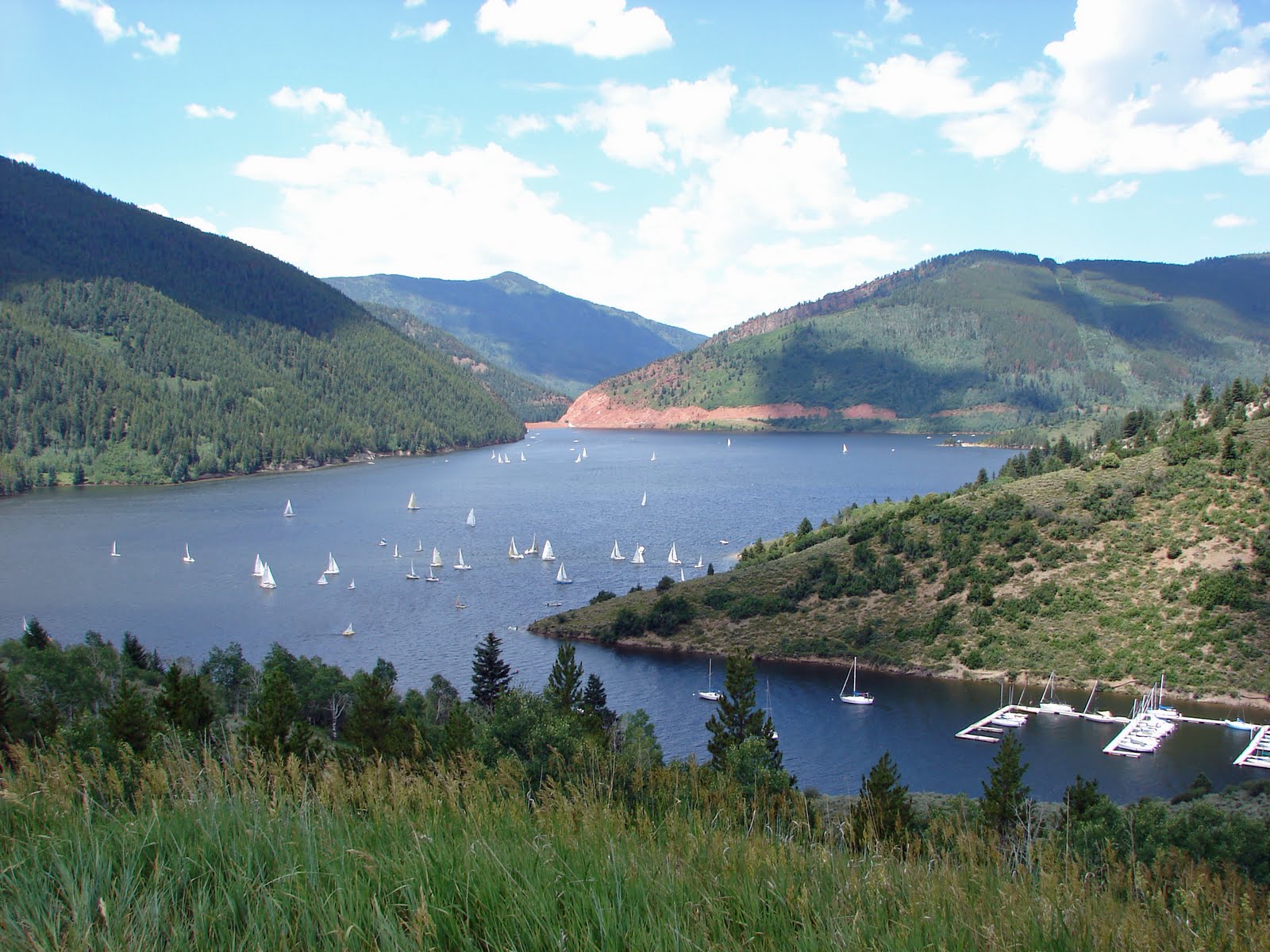
The Reudi Dam in Colorado stands as a testament to engineering ingenuity and exemplifies the challenges and sacrifices undertaken for progress. This mighty concrete gravity arch dam, located on the Fryingpan River, boasts a height of 285 feet and a length of approximately 1,000 feet. Completed in 1968, the dam serves multiple purposes including hydroelectric power generation, water storage, and flood control.

Before the dam’s construction, the Fryingpan Valley was home to a vibrant community known as the town of Reudi. Established in the late 1800s, Reudi was a small mining town surrounded by towering mountains and pristine rivers. However, with the construction of the dam, the town faced imminent submersion beneath the newly formed Reudi Reservoir.

Residents were forced to relocate to nearby towns such as Basalt and Aspen, leaving behind homes, businesses, and a way of life. The submerged town of Reudi disappeared beneath the water’s surface, becoming a relic of the past.
Today, the Reudi Dam and Reservoir continue to provide valuable resources to the surrounding communities. The dam’s hydroelectric power plant generates clean and renewable energy, contributing to the state’s sustainable development. Additionally, the reservoir’s water storage capacity helps to ensure a reliable water supply for municipalities, agriculture, and recreation, while the dam’s flood control measures protect downstream areas during periods of high precipitation.
While the underwater town of Reudi may be lost to history, the Reudi Dam remains a monument to progress and the enduring spirit of human innovation. Its role in reshaping the landscape of Colorado and its ability to meet the ever-growing needs of its residents reflect the ongoing efforts to strike a balance between development and preservation.


